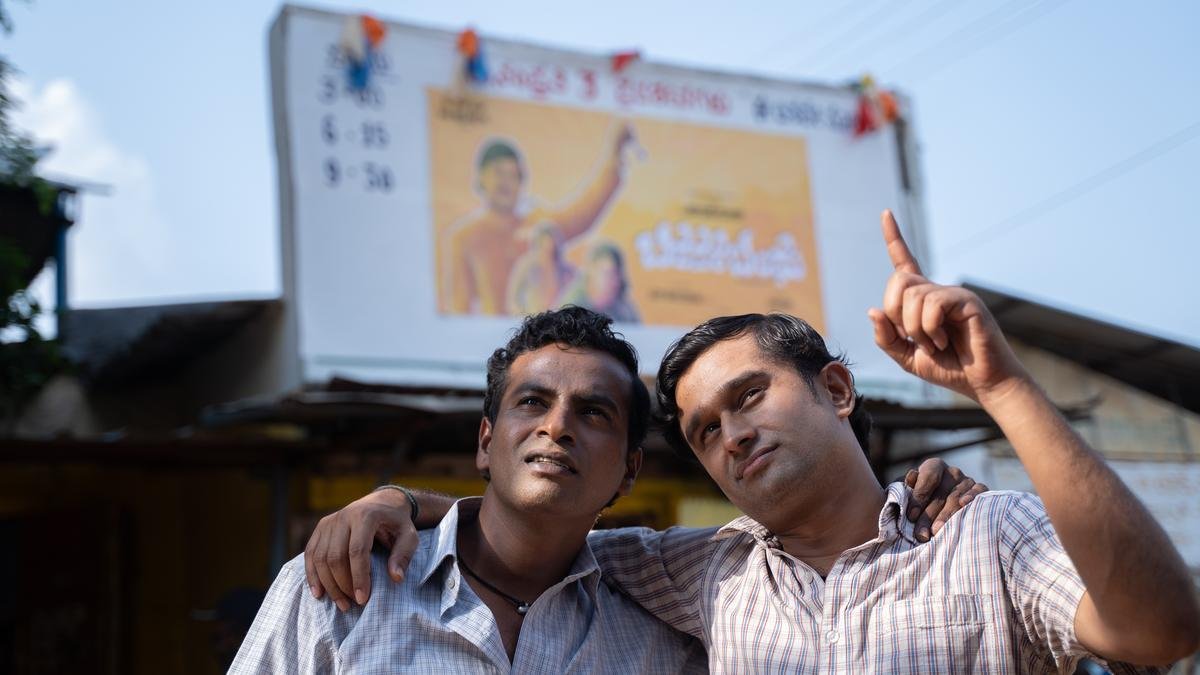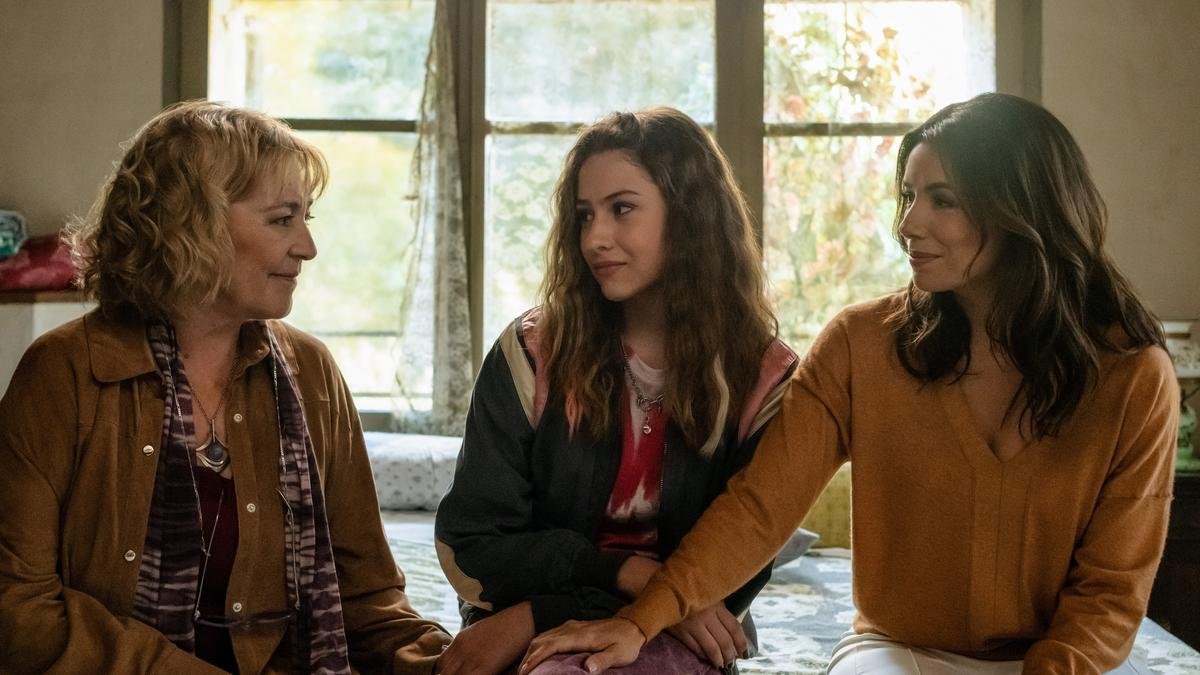At 54, Dinesh Shenoy found his purpose. Two years later, he proved how one is never too old to start again. The 56-year-old’s filmmaking dreams are at an all-time high after his Kannada short film Madhyantara clinched two National Awards this year. Dinesh won the Best Debut Director honour, while veteran Suresh Urs bagged the Best Editor award.
Madhyantara is about two passionate film buffs who do odd jobs before getting their big break in the film industry. The story resembles Dinesh’s rollercoaster journey that eventually landed him in the movie-making field.

Hailing from Bantwal, a small town 30 kilometres from Mangaluru in Karnataka, Shenoy grew up watching Kannada movies of all genres. He was drawn towards photography but got asked to run a family business selling air conditioners. “I had no business acumen. It wasn’t my cup of tea,“ Shenoy recollects.
Seven years later, a shift to Delhi became the first turning point in his life. “You know how parents would worry about their children’s careers in those times. I developed the courage to tell my father I wanted to do what I loved. I joined a crash course in cinematography in Noida. I wanted to start from ground zero, so I started working as a light boy and focus puller before working as an independent cinematographer for several years.”

Dinesh Shenoy receiving the National Award for the Best Debut Director.
| Photo Credit:
Special Arrangement
Later on, shooting commercial videos for popular companies taught him several storytelling lessons. “I was able to convey the USP of a product with inventive videos that were slightly longer than advertisements,“ he says. Even as the new phase of life kept Dinesh busy, the film buff in him remained intact.
He grew a step closer to the film business when he grabbed an opportunity to be a line producer for a Hindi film. “Whenever Bollywood films would get filmed in Delhi, I would be the production executive. My job was to ensure that the shoot went on smoothly,“ he says. During this stint, Shenoy’s meeting with Ashutosh Gowariker gave him fresh perspectives on filmmaking.
“I worked with him for Swades (2004) and Jodha Akbar (2008). I had no idea what a call sheet was. Post-Lagaan, the concept of having multiple assistant directors with specified roles became common in the film industry. These are some lessons I incorporated into my shoots. Following such a system brings transparency on sets,“ he explains.
“Today, Ashutosh is a dear friend. He is an avid reader, and whenever he visits Delhi, he calls me to check about new bookstores in the city,“ Shenoy adds.

Suresh Urs receiving the National Award for the Best Editor.
| Photo Credit:
Special Arrangement
Working with the legendary Wes Anderson as the production assistant for The Darjeeling Limited was another unforgettable experience for Shenoy. “I can never forget his fascination with the iconic Ambassador car. He’d often ask with a child’s excitement, ‘Dinesh, when will I get to sit in an Amby?’ Wes was also eager to explore India, as it was his first visit,“ says Shenoy.
ALSO READ:Wes Anderson’s ‘Asteroid City’: An oasis of wonder
The COVID-19 pandemic was a blessing in disguise for Shenoy as he got time to watch several interviews with veteran Kannada film actors and filmmakers. “In one of the interviews, producer RF Manikchand, who made many hits with the celebrated actor Ambareesh, spoke about his love for films. Living in Chikkamagaluru, he couldn’t afford the ticket price of 50 paisa. He had 25 paisa, and his friend could afford 25 paisa. So one of them watched the first half, while the other watched the second. Later on, they would share what they watched with one another.“
The anecdote gave birth to Madhyantara. “I thought it was a fascinating idea. The short film revolved around the concept of two halves of a movie. Veeresh and Ajay Neenasam are terrific as two film buffs who grew up in the 1970s. Working as waiters at a small eatery in a mofussil town, they love watching movies.
What happens when all they can afford is one movie ticket? After toiling hard as waiters in a small eatery, destiny lands them in the film industry. Will they thrive in a cut-throat world?

A still from ‘Madhyantara’.
| Photo Credit:
Special Arrangement
Madhyantara is an ode to the Kannada cinema of the 80s. Shenoy’s extensive research paid dividends as he recreates significant moments from history such as scenes filming Dr Rajkumar’s classic Hosa Belaku and the aura of Ambareesh on shooting spots.
Collaborating with Shashidhar Adapa, the well-known art director, gave Shenoy confidence. “He was excited to do a period film. Adapa had the sense of that era. We used all the props, including clapboards, witnessed during the 80s.”
Editor Suresh Urs, once a regular collaborator with Mani Ratnam (Thalapathi, Roja, Bombay, Iruvar, and Dil Se) was another important addition to the film. “He was so valuable for the project. He travelled with me on this journey and gave inputs at every juncture of the production.
Since we shot the entire movie on celluloid, Urs was thrilled to edit the footage as the project took him back to his early days of his profession. He would always say that ‘in digital filmmaking, directors take a lot of shots, and the actors are visibly tired because of it. In celluloid, the making is precise.”
Shenoy briefed his cinematographer, Sunil Borkar, to keep the visuals straightforward. “We wanted Madhyanthara to look like a movie of the 80s. There are no gimmicky visuals. We used fewer gadgets, and the film has one crane shot and a couple of trolley shots,“ he explains.
After being screened at the International Film Festival of India (IFFI) in Goa, the film competed at the National Film Awards. To make Madhyantara a proof-of-concept short film was a wise decision, feels Shenoy. “I want to make a feature film. Instead of narrating a script to a producer, I felt it was better to show my team’s capability through a short film. With that, the producer can judge my writing skills and understand what kind of imagery I can produce on screen.”
Published – November 05, 2024 06:02 pm IST



